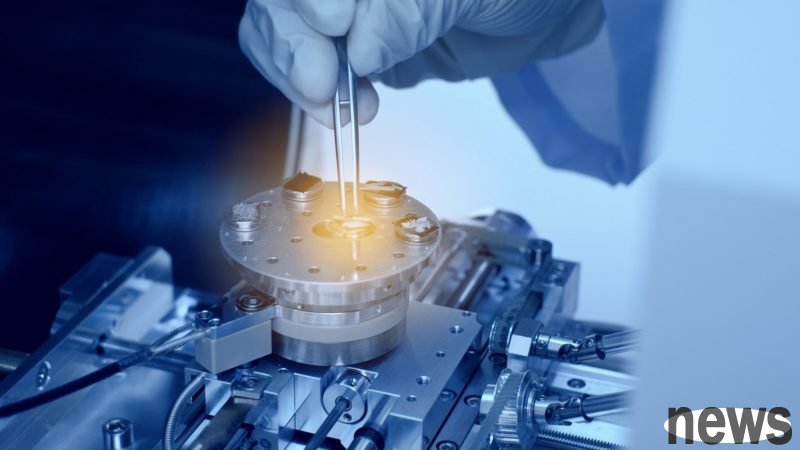
The U.S. Defense Advanced Research Projects Agency (DARPA) and Texas spent $1.4 billion to build a unique wafer fab. This wafer fab was renovated from the "Texas Institute of Electronics" (TIE) and will be responsible for researching a variety of materials and chip types such as 3D heterogeneous integration (3DHI), stacking and combination, to enhance the United States' capabilities in military, defense, AI and high-performance computing.
This wafer fab is the infrastructure of DARPA’s “Next Generation Microelectronics Manufacturing Program (NGMM)”. Michael Holmes, executive director of the project, said, "The core of NGMM is to bring about a microelectronics revolution through 3D heterogeneous integration."
Already driving many of the world's most advanced processors through small chip stacking, DARPA predicts that the performance of silicon-on-silicon stacking can only be improved by 30 times at most compared to 2D integration; however, if materials such as gallium nitride, silicon carbide and other semiconductors are used instead, it is expected to be improved by 100 times.
The new wafer fab will ensure that such stacked chips can be prototyped and manufactured in the United States. Many new companies also appeared at the launch. They are looking for a place where they can carry out prototyping and initial mass production, and this fab can help them avoid falling into the "laboratory to mass production gap."
The Texas government will invest $552 million to build the fab and its plans, and DARPA will make up the remaining $840 million. After NGMM's five-year mission is completed, the fab is expected to be able to operate on its own and become a self-sustaining business.
TIE CEO Dwayne LaBrake said that although we have more room for development than ordinary startups, we ultimately have to stand firm on our own.
DARPA and Texas Bet $1.4 Billion on a Unique Foundry DARPA invests $1.4 billion to build experimental Texas foundry for next-generation 3D chips — Austin plant to buck standard fab models to focus on high-mix, low-volume production Further reading: Memory prices are in chaos! The launch of new module factory products has been postponed from Q4 this year to 2026 Memory shortages are spreading across the board! DDR4 and DDR5 quotations have all increased, ASUS plans to adjust prices moderately, and Qisda will transfer costs